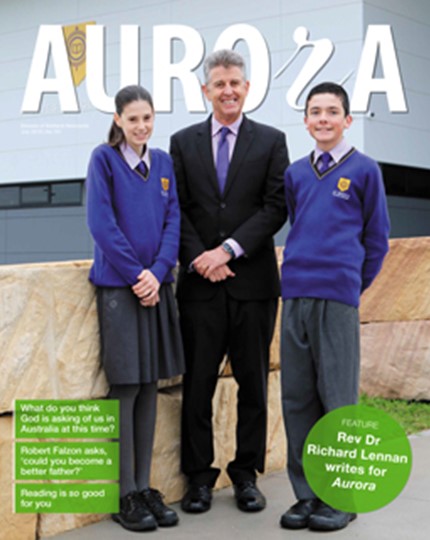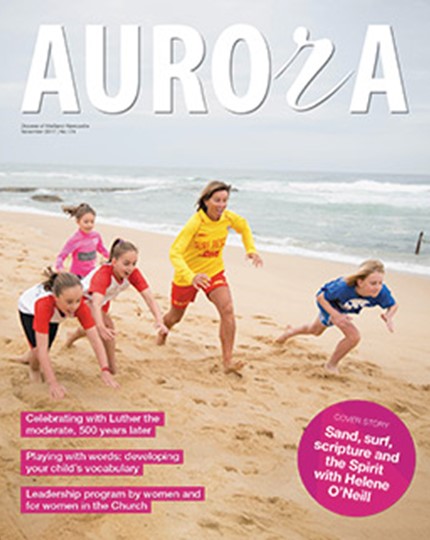Beyond the clear physical health benefits, making physical activity a part of daily life supports overall well-being, promotes social connections, boosts mental health, and positively impacts academic performance.
Encouraging children and adolescents to meet these activity guidelines can be a challenge for some, but incorporating active transport, such as walking or cycling to school, presents an effective and enjoyable way to achieve these recommended levels of physical activity.
Research shows that despite the proximity of many schools, a significant number of primary school children are missing out on the benefits of walking or cycling to school.
Whether due to busy lifestyles, safety concerns, poor infrastructure of footpaths and facilities, or a lack of enthusiasm from our children, we're witnessing a new generation missing out on vital health benefits.
Supporting our children to use active transport
Recent data shows only 25 per cent of children walk or cycle to and from school. It is important to consider this opportunity for incidental exercise.
In January this year the State government has allocated $10 million to the Get NSW Active program to specifically deliver projects within walking catchments to primary schools.
In 2024, our schools are gearing up for two important initiatives from Transport for NSW: Walk Safely to School Day and Safety on Wheels. These annual events encourage primary school children to walk and commute safely to school.
Beyond promoting safe road user behaviours, it sheds light on the incredible benefits of active transport and physical activity for our kids.
Research highlights that children who walk or cycle to school show better concentration during the first few hours of the day as well as providing independence, improved health and self-confidence, and sets life-long sustainable travel habit patterns.
Encouraging active commuting is just one way to increase physical activity.
Supporting our children to be active at school
For the past two decades, the Catholic Diocese of Maitland-Newcastle’s schools have partnered with Hunter New England Health's Good for Kids, Good for Life program, to implement Live Life Well @ School.
This collaborative effort has resulted in over 85 per cent of our schools successfully adopting evidence-based healthy eating and physical activity programs.
Recognising the undeniable connection between physical activity and improved on-task behaviour, concentration, and academic performance as well as mental health benefits, our schools remain dedicated to fostering an active environment for our children.
One effective strategy is the incorporation of "energizers" – brief activity breaks designed to break up long periods of sitting time, getting our kids moving and ready to dive back into their lesson with renewed focus.
For more information on the Good for Kids program visit: Live Life Well @ School | Good for Kids, Good for Life (nsw.gov.au)
How to build confidence actively commuting:
- Give your child supervised practice in the traffic environment.
- Teach your child to be alert in a road environment.
- Show them and explain where is safest to cross the road.
- Point out danger, such as vehicles exiting driveways.
- Educate your child on stranger danger.
- Use pedestrian crossings and traffic lights correctly.
- Reinforce Stop! Look! Listen! Think! Every time you cross the road.
Follow mnnews.today on Facebook.



























































































